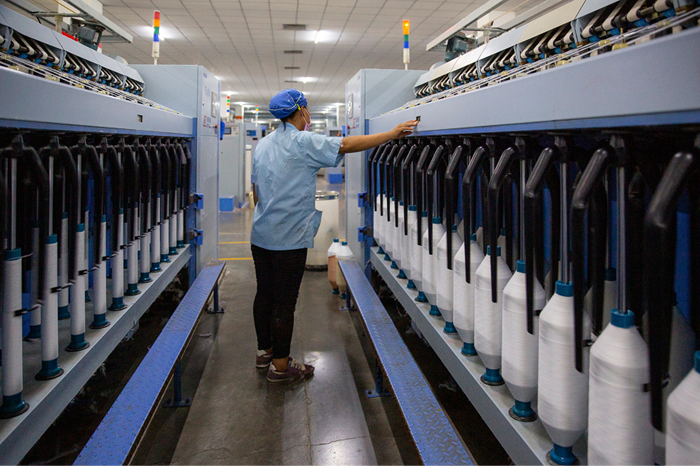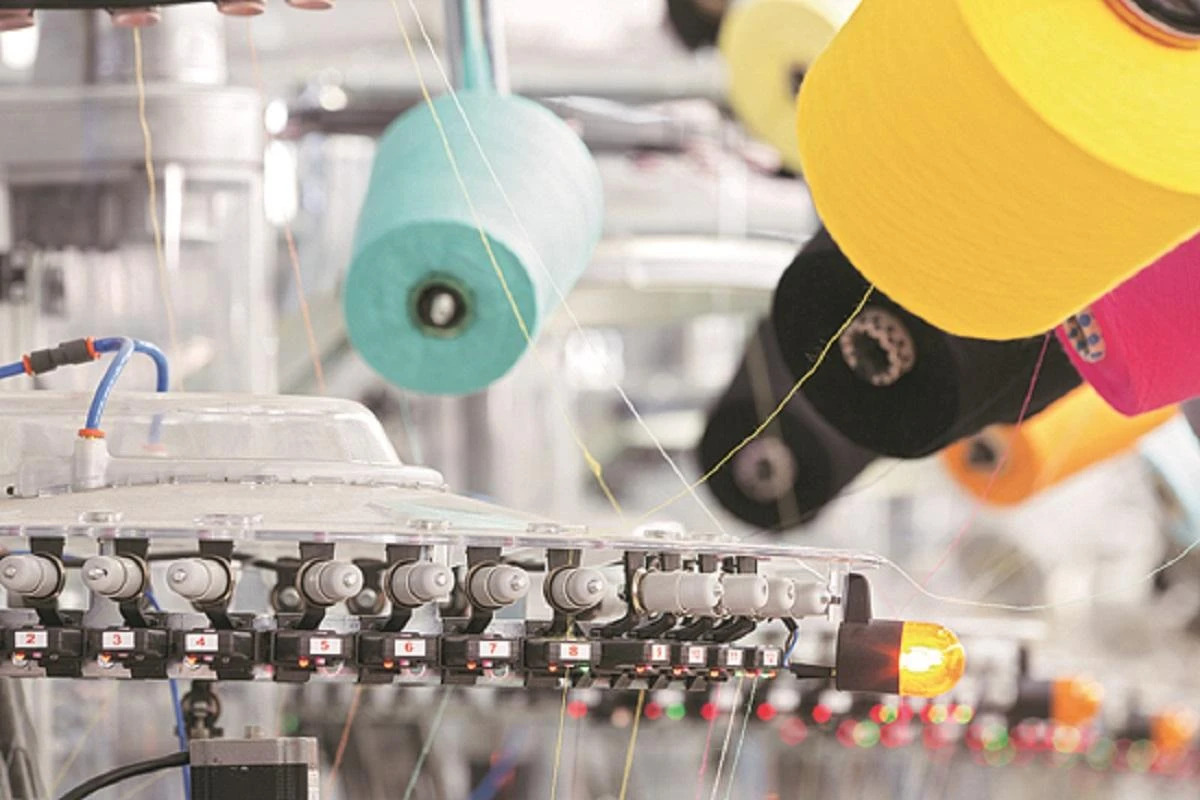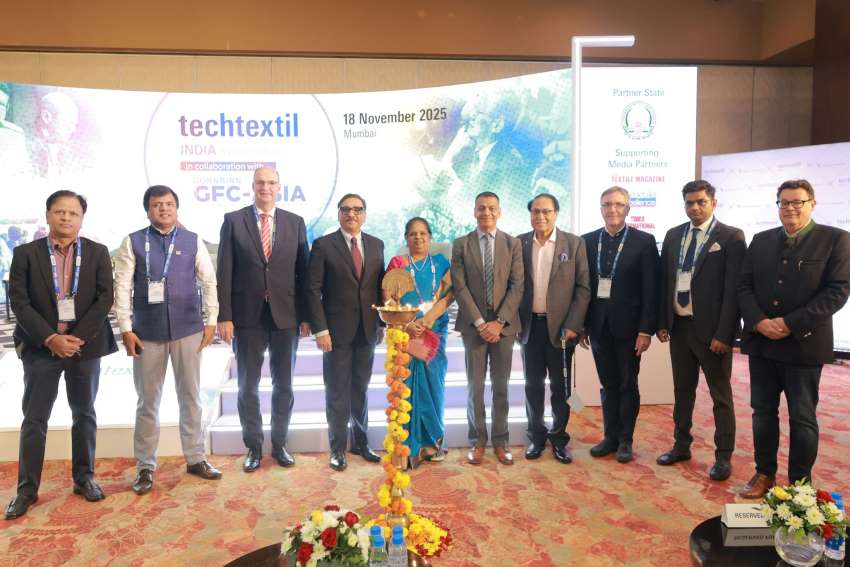"Dawn of fast fashion and the convenience of buying trendy clothes at an affordable cost be it offline or online have truly been the trends for some time now. While on one hand, conventional mall retailers have been getting tough competition from the global giants such as Zara, H&M, Mango, on the other hand, the high-end fashion brands are also not exempt from sharing high-meets-low wardrobe-wielding consumers with these mass market giants. Let’s check out some of the trends worth mentioning…"

Dawn of fast fashion and the convenience of buying trendy clothes at an affordable cost be it offline or online have truly been the trends for some time now. While on one hand, conventional mall retailers have been getting tough competition from the global giants such as Zara, H&M, Mango, on the other hand, the high-end fashion brands are also not exempt from sharing high-meets-low wardrobe-wielding consumers with these mass market giants. Let’s check out some of the trends worth mentioning…

Down side of fast fashion In garment factories, women have to choose an option between safety and employment as it lacks well- established legal protections and standards that weigh in favour of fairness and transparency. The existence of such informal labour sectors, coupled with the gender-specific susceptibilities that garment factory owners and operators prey upon, make it quite a challenging affair for women employees. For instance, female workers in Cambodia have suffered mass fainting due to excessive hours worked in stifling conditions in factories that supply garments and accessories to sportswear brands including Nike, Puma, VF Corporation, and Asics.
In another turn of events, H&M has been accused of destroying 60 tons of recyclable garments. Kara/Noveren, a waste disposal company in Denmark, has incinerated over 60 tons of new, unworn apparel from H&M since 2013. These hundreds of thousands of garments consist of reusable/recyclable materials. Challenging the working conditions of fast fashion companies, analysts feel by failing to respond swiftly to factory workers who haven’t been compensated, Zara is doing serious damage to its brand. Fast fashion retailers these days are imitating the global runway showcases and mass producing them quickly to gain consumers. Additionally, most fashion brands – in attempts to offer affordable prices – look abroad for cotton, and the conditions in many of the far-flung locations where cotton is harvested are anything but pretty. Even after widespread campaigns done by NGOs to educate consumers about the harms associated with the practice of fast fashion, both in terms of sustainability and human rights, the intense demand for trendy, cheap clothing is not fading.
In Bangladesh the Awami League (one of the two major political parties of Bangladesh), along with garment industry employers, intensified their crackdown on apparel workers following mass walkouts over wages and working conditions in December.
Fast fashion is here to stay
A product of its times, fast fashion taps into its millennial core audience’s two favourite things: frequent novelty and affordability, which will outweigh traditional model of mass market retailing for some more years. After having gained traction and sustained long-term consumers, it’s going to be challenging for such brands to offer them the value in the price they desire. It remains to be seen if it’s going to be consumers at the helm or fast fashion brands would yet again make way for their increased price-points fashion trends.












